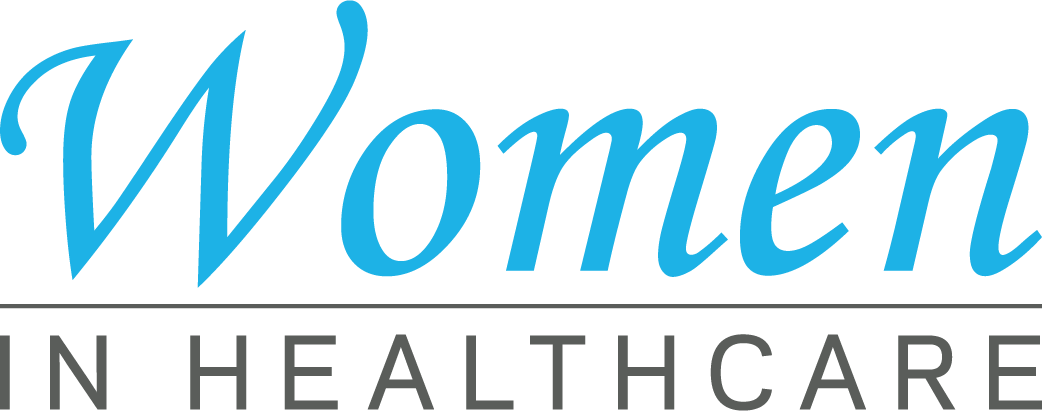Best Healthcare RCM Practices to Enhance Functional Efficiency and Collections
Best Healthcare RCM Practices to Enhance Functional Efficiency and Collections
Blog Article
A Comprehensive Overview on Exactly How Healthcare RCM Works to Enhance Invoicing and Collections
Browsing the complexities of medical care revenue cycle monitoring (RCM) is critical for service providers aiming to improve their billing and collections processes. The guide unloads the intricacies of RCM, from client enrollment to balance dues administration, providing understandings into enhancing each step. Integrating advanced technology and standard treatments can dramatically lower insurance claim rejections and speed up payment cycles. Yet, real difficulty hinges on perfectly combining these components to increase capital. As we explore the core components and methods that drive performance, one inquiry stays: just how can healthcare entities ideal setting themselves to flourish monetarily in an ever-evolving industry?
Understanding Revenue Cycle Management
Understanding the intricacies of Earnings Cycle Management (RCM) is crucial for health care companies intending to maximize their financial efficiency. RCM is an essential administrative function that incorporates the whole monetary process of client treatment, from the initial consultation readying to the final repayment of the balance. It is a complex treatment developed to recognize, gather, and manage the revenue from the services offered to people. Reliable RCM ensures that healthcare providers receive exact and timely payments, lessening the danger of earnings loss and enhancing capital.
The RCM procedure begins when a person timetables a visit and expands with the person's treatment journey, including payment and collections. A key objective is to minimize the time between receiving and supplying a solution payment, thus enhancing the company's monetary health and wellness. RCM involves different features such as patient registration, insurance verification, charge capture, coding, asserts submission, settlement posting, and managing denials and allures.
Key Components of RCM
In the realm of Revenue Cycle Management (RCM), comprehending its vital parts is basic to attaining economic effectiveness within health care organizations. RCM is an extensive process that includes numerous stages, each crucial to guaranteeing efficient billing and collections. The primary components include patient registration, insurance verification, fee capture, coding, case entry, payment posting, and balance due management.


Once coded, cases are submitted to payers, where accuracy is extremely important to avoid delays or rejections - Healthcare RCM. Payment uploading includes videotaping the received settlements, which permits the reconciliation of accounts. Finally, accounts receivable management concentrates on tracking and dealing with unpaid cases, ensuring timely follow-up and resolution
Each element of RCM is interconnected, and ineffectiveness in any kind of component can interrupt the whole cycle. Therefore, mastering these elements is necessary for doctor to optimize profits and improve their monetary wellness.
Methods for Efficient Invoicing

Standardizing billing procedures throughout the organization is one more essential method. Establishing clear guidelines for documents, coding, and entry helps maintain consistency and conformity with regulatory demands. Training team on a regular basis on these procedures makes sure every person is current with the most current modifications in billing codes and payer plans.
Accurate fee capture is essential in stopping revenue leak. Applying normal audits and tracking systems allows for the identification and modification of disparities prior to they impact profits. Additionally, keeping open lines of communication with payers aids to promptly fix any kind of disagreements or misunderstandings that might occur.

Last but not least, engaging patients early in the invoicing process by offering clear quotes and academic products regarding their monetary obligations can significantly decrease confusion and boost payment timeliness. These methods jointly add to a more effective and economically healthy payment system.
Enhancing Collections Processes
A robust collections procedure is crucial for preserving economic security within health care organizations. Provided the intricacies of medical invoicing and the range of payer requirements, boosting the collections procedure entails carrying out critical measures that guarantee timely and accurate payment of services made. Central to this is making use of innovation to automate and improve procedures, reducing hand-operated mistakes and improving performance. Automation devices can help in tracking insurance claim conditions, sending out prompt pointers to clients, and taking care of rejections better.
Training team to comprehend the nuances of insurance plans and billing codes is equally crucial. This understanding equips them to attend to billing disparities promptly and communicate efficiently with individuals regarding their economic obligations. Moreover, clear and clear patient interactions are essential. Supplying detailed descriptions of charges and providing adaptable repayment strategies can enhance individual contentment and punctual payments.
Routine audits of the collections process must be conducted to identify locations for improvement and ensure compliance with laws. By evaluating data, healthcare companies can determine trends, prepare for potential issues, and adapt strategies as necessary (Healthcare RCM). Eventually, a well-enhanced collections process not just sustains monetary health but likewise contributes to a more seamless experience for people and staff alike
Optimizing Income Streams
Structure you can check here upon the structure of a solid this article collections process, health care companies can better boost their economic stability by tactically maximizing profits streams. This involves a multi-faceted strategy, beginning with a comprehensive analysis of existing income resources to determine ineffectiveness and areas for growth. Utilizing advanced information analytics tools makes it possible for companies to acquire insights right into payer mix, individual demographics, and service utilization patterns, enabling data-driven decisions that improve profits capture.
Carrying out automated billing systems can considerably lower errors and accelerate insurance claims refining, ensuring that revenue is gathered much more successfully. In addition, optimizing payer agreements with normal settlements can boost repayment prices and terms, directly affecting the bottom line. Expanding solution offerings, such as incorporating telehealth or wellness programs, can likewise bring in a wider client base, thus raising earnings potential.
An additional crucial element is improving individual involvement and complete satisfaction, as satisfied patients are much more likely to comply with therapy plans and make prompt payments. Supplying flexible settlement alternatives and transparent billing practices can boost collections and foster patient commitment. Healthcare RCM. By adopting these methods, health care companies can create an extra resilient financial framework, ensuring sustained growth and stability in an ever-changing sector landscape
Conclusion
Finally, medical care Profits Cycle Management (RCM) plays an essential function in enhancing payment and collections procedures by incorporating essential parts such as client enrollment, insurance coverage confirmation, charge capture, coding, asserts submission, and accounts receivable administration. By utilizing sophisticated innovation, systematizing treatments, and promoting individual interaction, doctor can considerably reduce case denials, increase payment cycles, and improve capital. This comprehensive approach to RCM ultimately causes improved monetary efficiency and sustainability for medical care companies.
The RCM procedure begins when websites a person routines an appointment and extends through the person's care journey, including payment and collections.An additional critical element is boosting patient engagement and complete satisfaction, as pleased patients are more likely to adhere to treatment strategies and make timely repayments. Providing versatile settlement alternatives and clear invoicing methods can improve collections and foster person loyalty.In conclusion, medical care Profits Cycle Administration (RCM) plays a crucial duty in maximizing payment and collections processes by integrating essential parts such as patient registration, insurance policy confirmation, fee capture, coding, declares entry, and accounts receivable monitoring. By using sophisticated modern technology, standardizing procedures, and cultivating individual engagement, healthcare carriers can dramatically lower case denials, speed up settlement cycles, and improve cash money flow.
Report this page